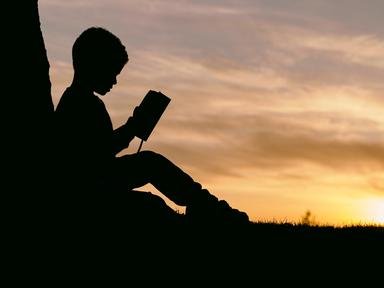
Kid Lit Authors Quiz: Where The Wild Things Are | 10 Questions
(Reviewed in 1965,1995 and 2025)
'Where the Wild Things Are' is a classic children's story written by Maurice Sendak in 1963. It won the Caldecott Medal for the Most Distinguished Picture Book of the Year. The author reviewed this book at three different stages of their life.
This is a renovated/adopted version of an old quiz by author ravenskye
A multiple-choice quiz
by 1nn1.
Estimated time: 3 mins.